Why Our Clothing Sizes Are All Over the Place
The numbers don’t mean the same thing from brand to brand.
Today we have different size systems based on age and gender, but these sizes don’t always fit us. In the old days people had clothes that fit much better, though. There was a time when just all the clothing items folks wore was custom made. Men of means went to fine tailors to get their suits and shirts made. Women ordered dresses and clothing from couturiers where models would show the items and clients would select which ones they wanted- made to their measurements exactly. As you might imagine this was costly and took time. The fashion center of the world for much of modern history was centered in Paris and Europe, so the truly wealthy would travel to Europe and order their clothing, a costly endeavor that took a great deal of time.
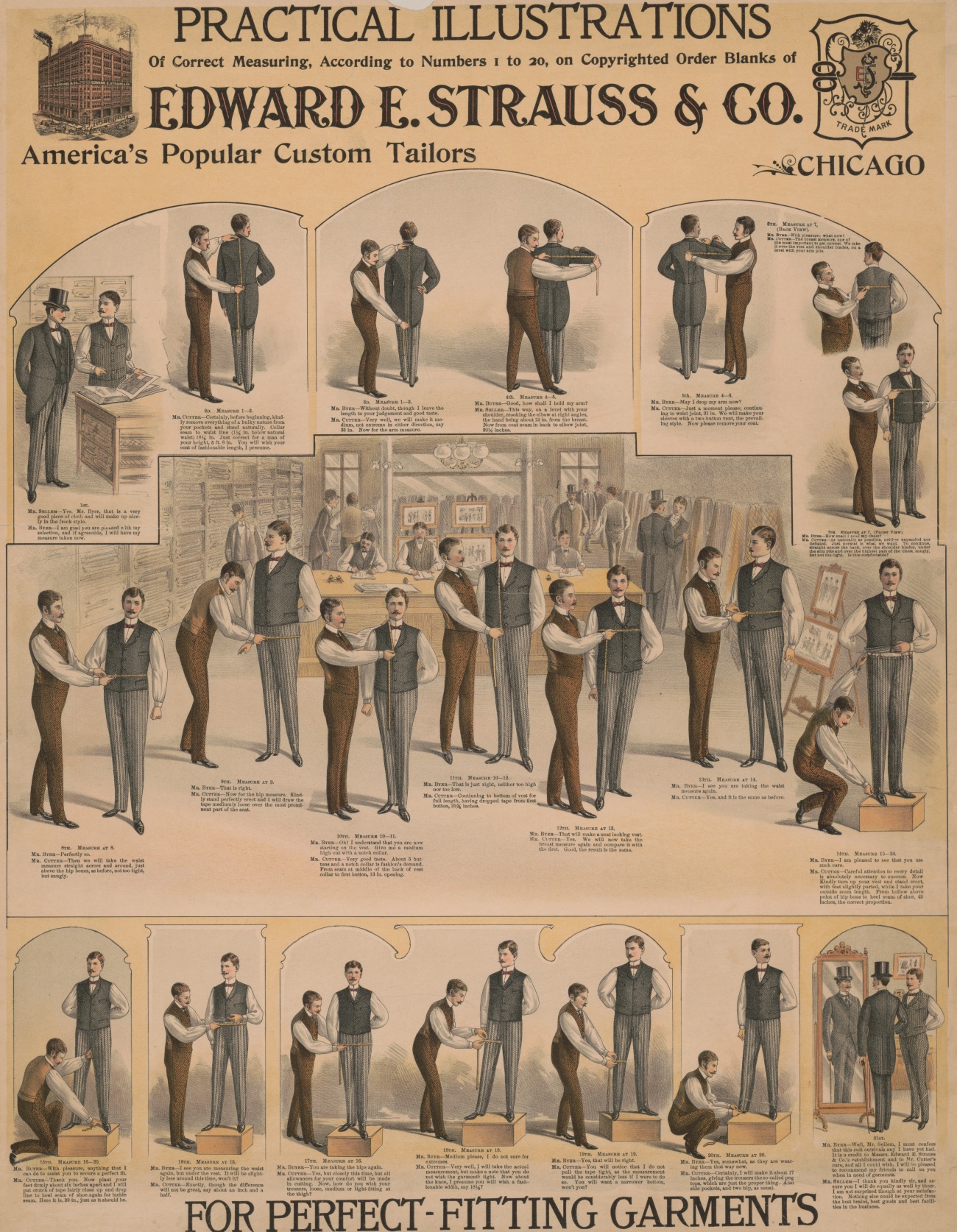
Those without heaps of money made their clothing, often based on what the tailors and couturiers were producing, but with fewer frills. This slow approach to fashion meant that trends could be smaller, like changing a collar instead of changing the lines of the entire garment. And, it also meant that it took longer for trends to take hold, giving people more wear for their money. But, this system of production also meant that everyone got to wear clothing made for their measurements. Even in poor families recycled garments were tailored to fit their new owners.
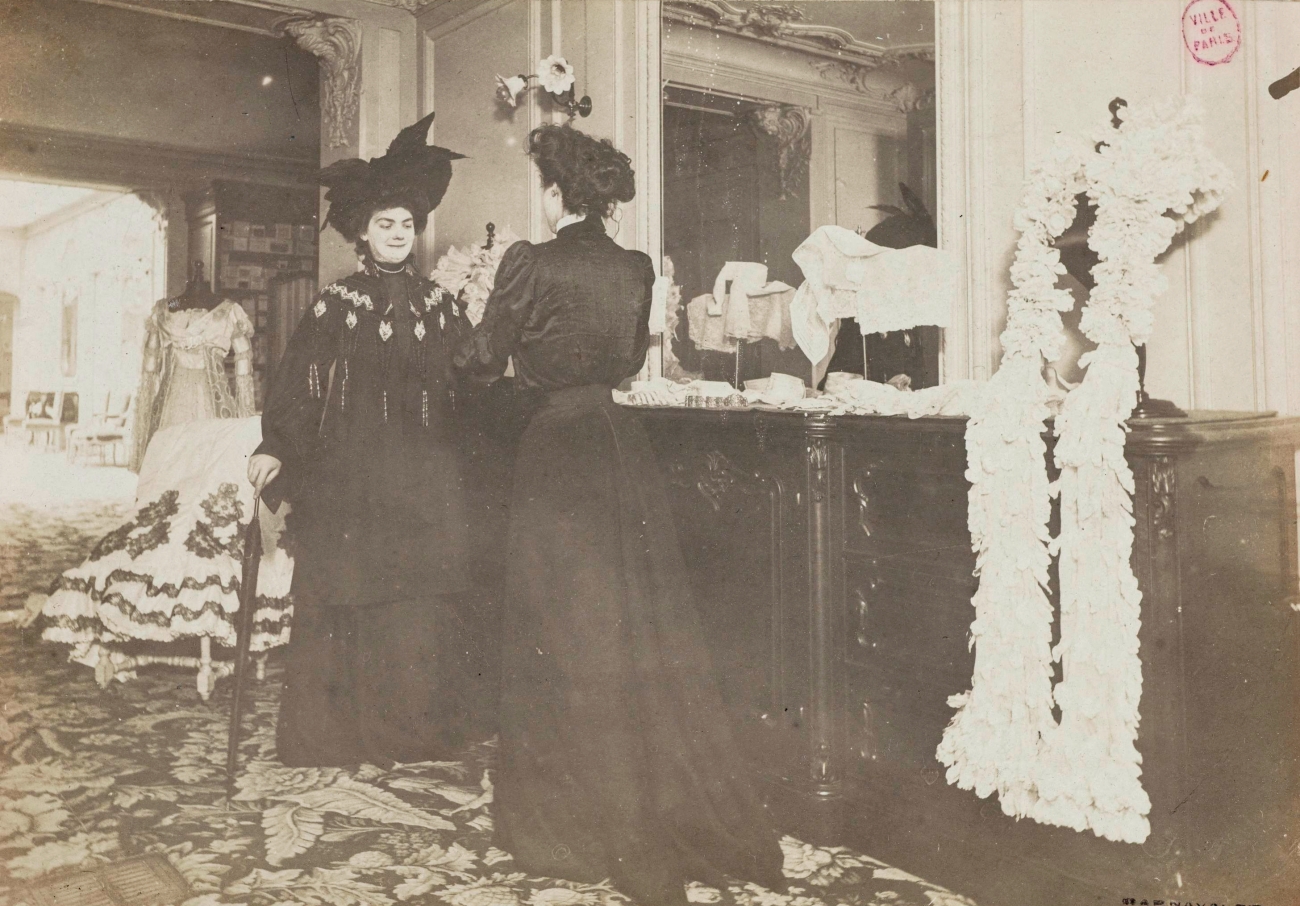
Mail Order Trials and Tribulations
As industrial processes grew in number and in sophistication mail order catalogs began to offer a range of premade clothing, ready-to-wear. In the developing areas of the US in the late 1800s, where many miles separated people from cities, mail order garments were very popular. But, they left something to be desired. The fit of these pieces of clothing could be hit or miss. As a result there was a huge loss for companies like Sears or Montgomery Ward on returned items. Today we do the same thing with our online shopping, proving that history does repeat itself. But, this is because some of the key problems with standardized sizing were never addressed- despite attempts to remedy the situation.
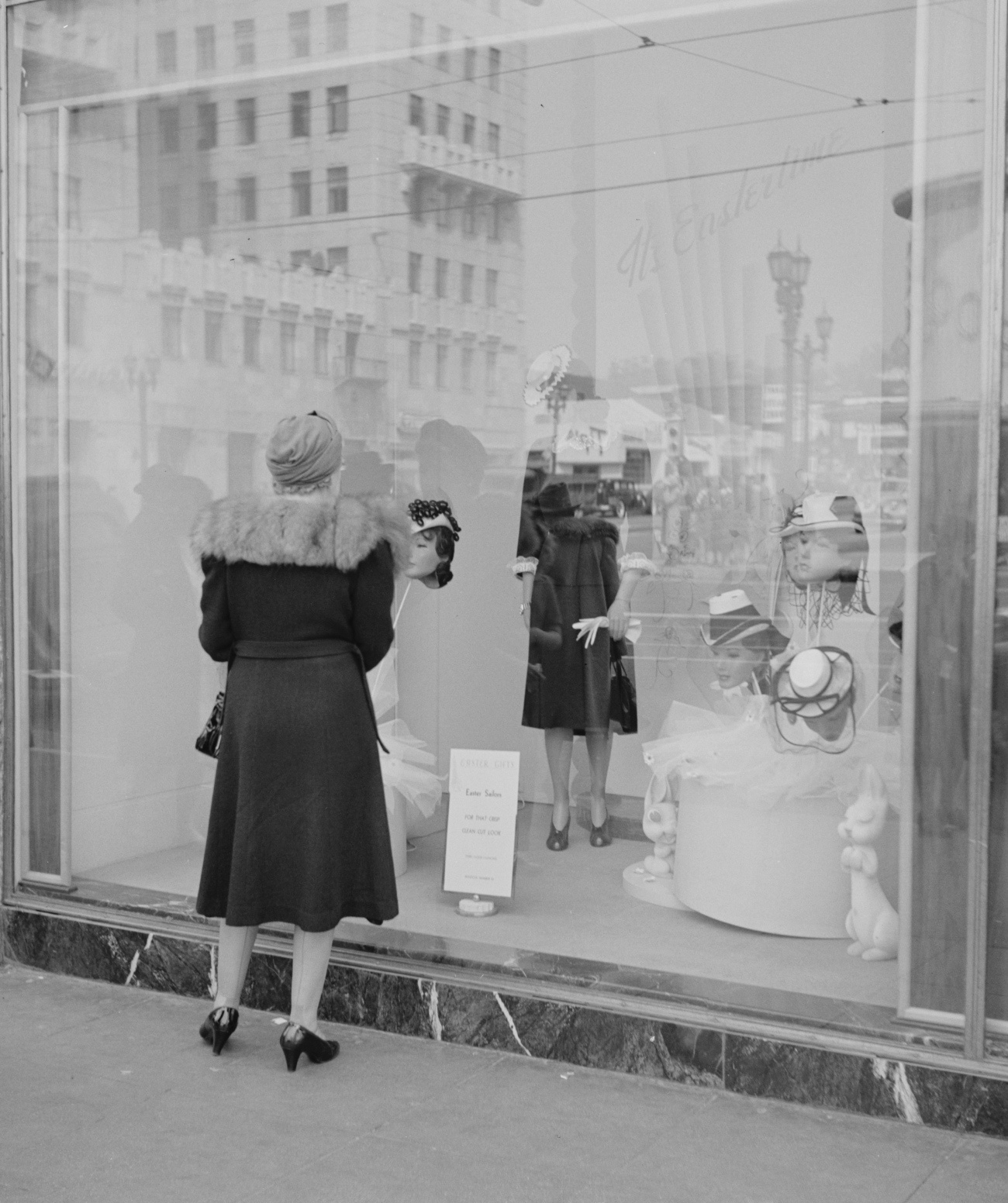
In the early 1940s the Mail Order Association of America pushed for some sort of standards in the clothing sizes so they could reduce the number of returned items and increase their profits. This also coincided with the struggles of the European couture fashion houses due to World War II. Even wealthy women were having trouble getting clothing that fit! Men’s clothing has been more standardized than women’s since military uniforms had come in limited sizes for centuries.
A New Standard for Sizing
In 1941 a study was commissioned by the USDA to measure people’s bodies and to create some sort of standard by which retailers and makers could correctly size their clothing. Once customers knew their size they could order ready-to-wear clothing confidently. They enlisted Ruth O’Brien, an author and seamstress with knowledge on how to make all kinds of clothing. O’Brien also co-wrote Body Measurements of American Boys and Girls for Garment and Pattern Construction and other guides on standardized sizing.
William Chastain Shelton was her co-author, a statistician for the Works Progress Administration. Together they measured many different bodies, determining that a huge set of measurements would be needed to attempt accurate sizing of the general public. The guide Women’s Measurements for Garment and Pattern Construction showed diagrams on how to measure and even gave measurement blanks dressmakers could use for their designs.
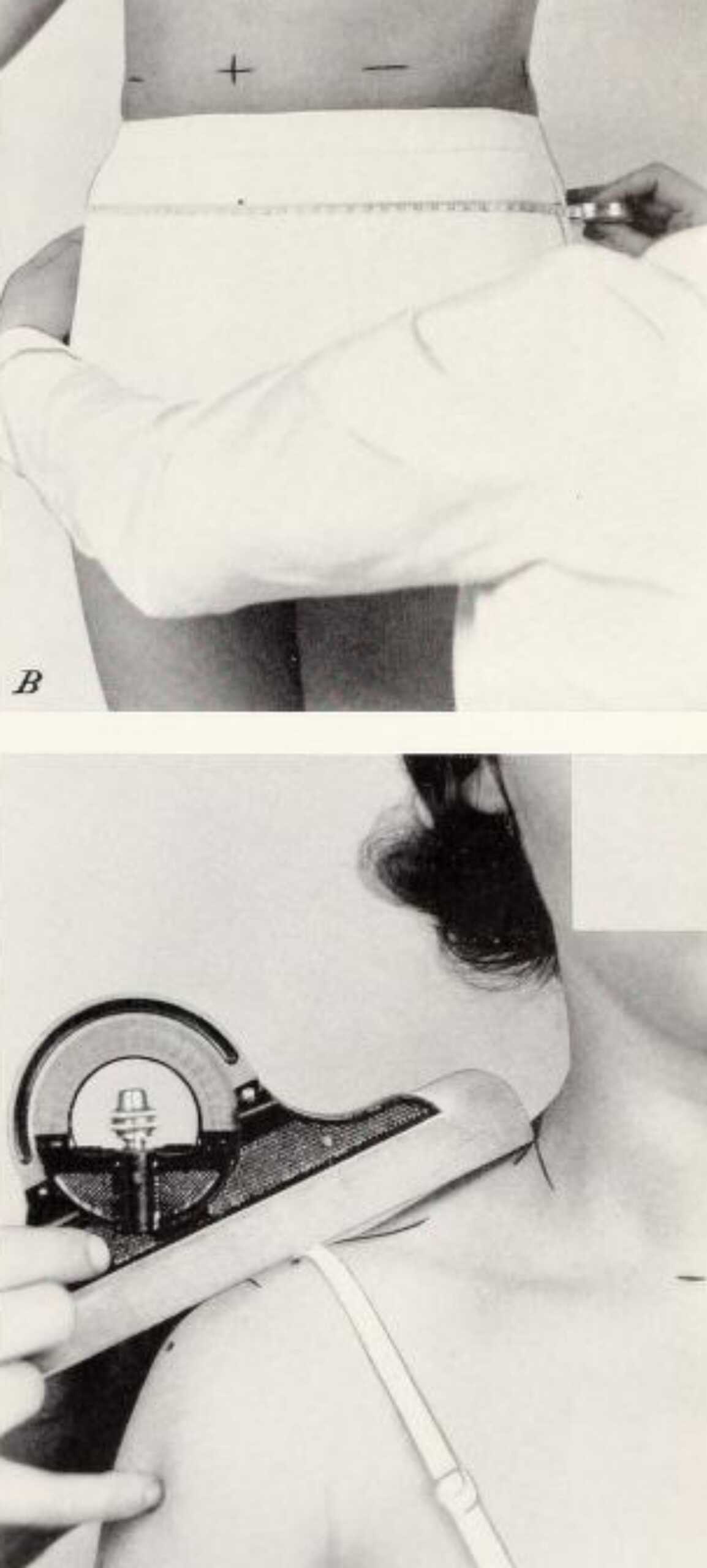
Retailers did not implement the new standards because they simply required too much data to use. O’Brien and Shelton initially measured 59 places on the body, everything from upper arm girth to ankle width to sitting hip measurements and abdominal length.
Today only a fraction of those measurements are factored into ready-to-wear garments and that’s because for the study they scaled the number of measurements in order to eliminate the need for women to give their weight to retailers. Instead the revised system spared the weight issue, but was still a bit too complicated to use effectively.
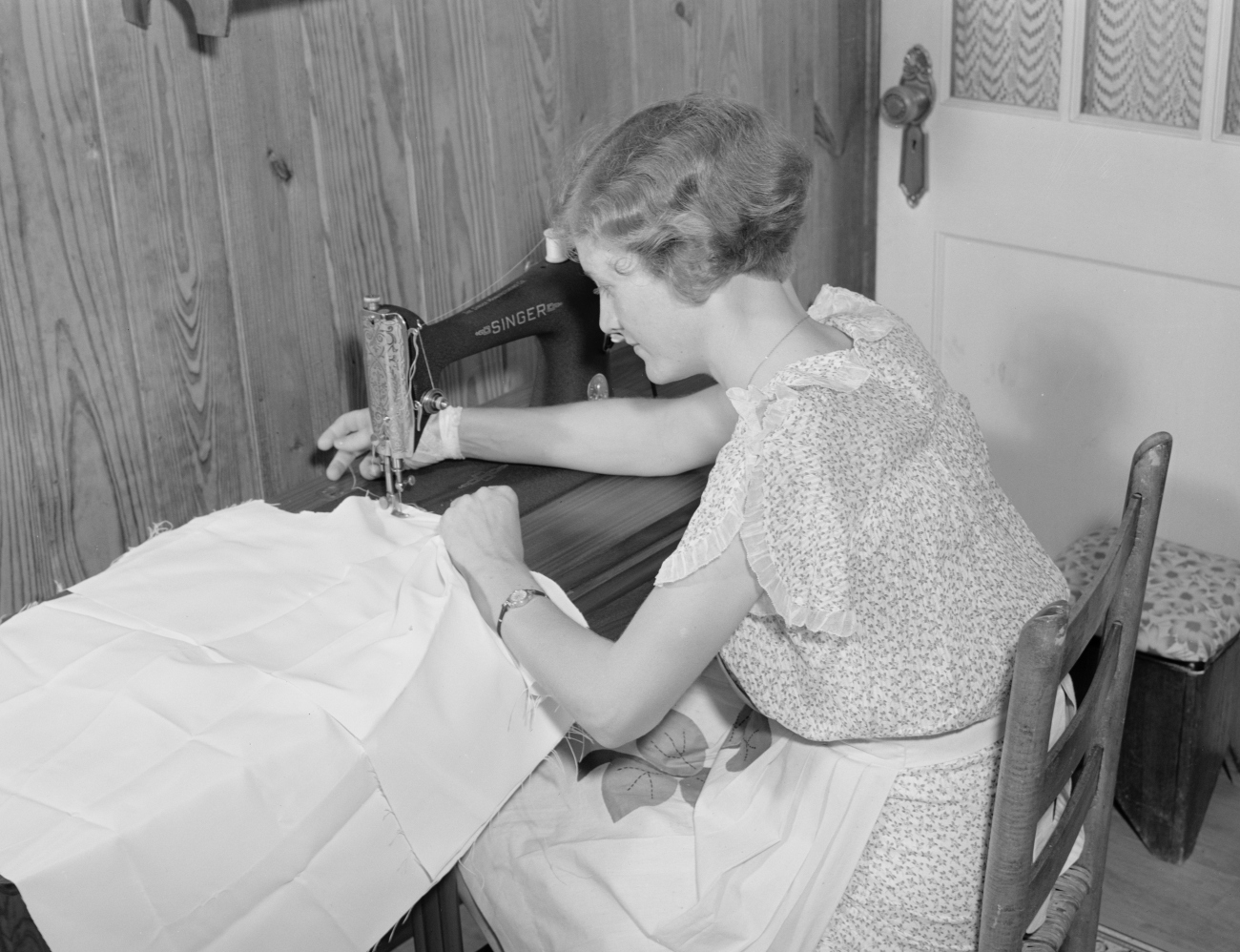
Revising the Past
In the 1950s retailers cried for a new system to use and the 1941 data was re-compiled. New data was added but the old data was not removed. The revised data was taken from women who had served in the armed forces during WWII, again reflecting a fit version of US women that might not have been accurate to many populations. The study also accounted for hourglass figures for women, while no other shapes were studied or considered.
The 1941 study and subsequent additions of data has come under fire in recent years for not including large enough segments of society. It was suggested that, since the more than 10,000 women studied were paid, that it was mainly working women who were measured- the most athletic examples of women who also may not have had access to quality food through the Great Depression. The study also only measured women from certain areas, mainly urban ones, leaving entire populations out of the data.
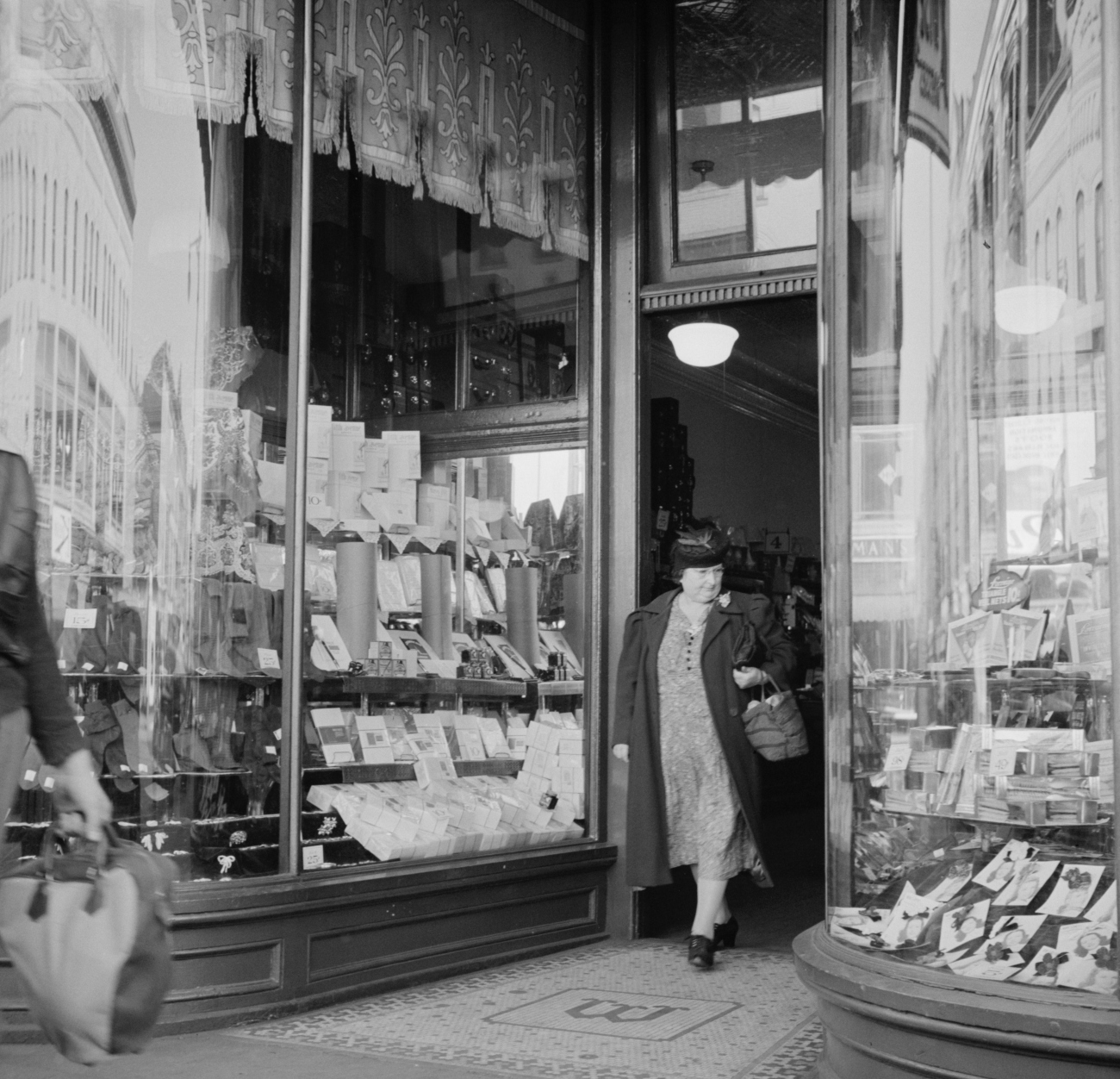
In the end the system was considered so flawed that retailers stopped using it altogether in 1983, leading to a Wild West situation where each clothing company has their own system of measuring and drafting for clothing. This is why you will find some brands always too long for you, or others always too tight in one or two areas. It’s also why a size in one brand can be too tight while the same size and style from a different brand can be too loose. There is some standardized sizing in the form of a guide from ASTM International, but it is optional and voluntary for clothiers to use.
SKM: below-content placeholderWhizzco for DOT

